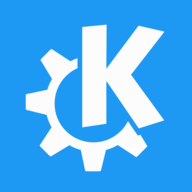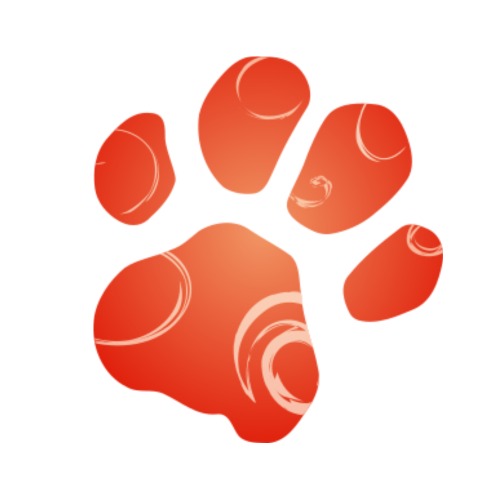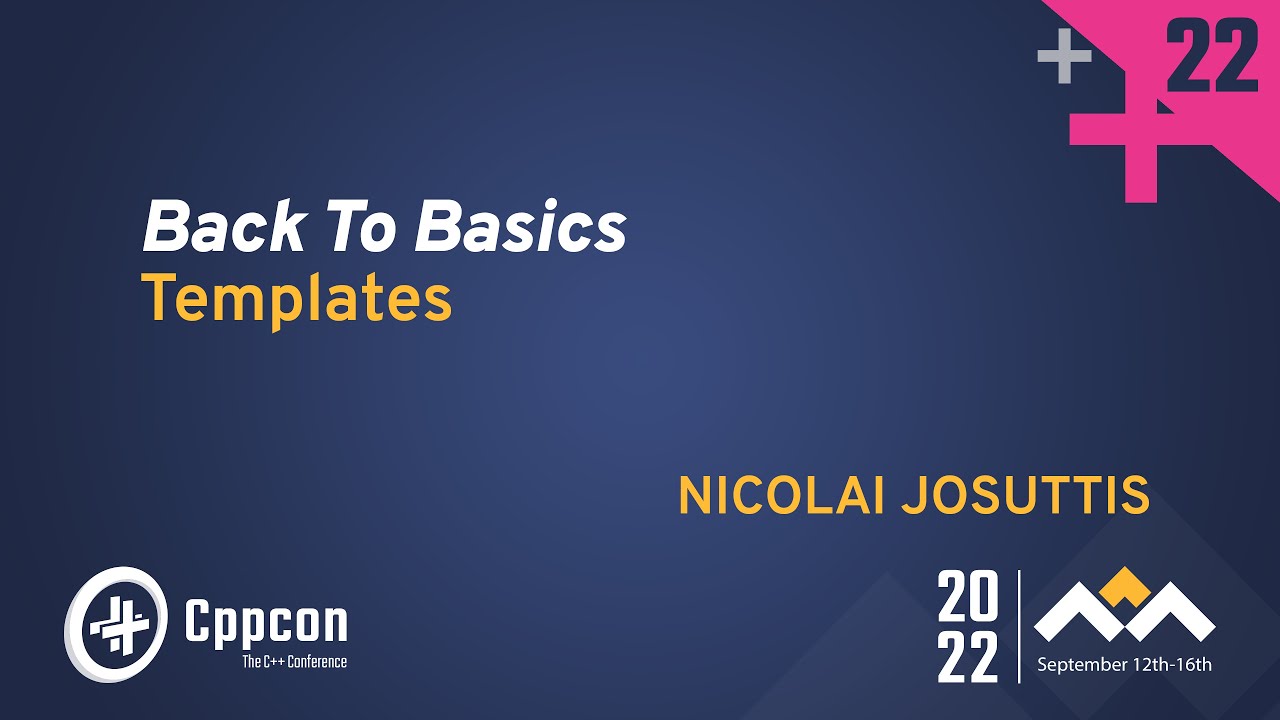Herzenschein
Just a stern but friendly rabbit furry working as a technical writer, learning germanic languages, gaming on Linux, interested in social psychology, fandom studies, locked-room mysteries and programming. Cis, gay, kinky, pm-friendly, single.
- 12 Posts
- 32 Comments

 3·vor 8 Tagen
3·vor 8 TagenWhile the summary + interview The Register did was decent, when you read the actual paper, the proposal is way more interesting.
Not a fan of mut instead of just plain mutable, though.
Also I sure hope the compiler messages for this feature won’t be like the circle examples in the proposal in the end.
A small correction:
For example, there are Kirigami bindings for Python you can use to do a desktop/mobile app.
Kirigami is QML all the way, it doesn’t need bindings since you’d be writing in QML either way. The Python part is about the actual business logic. :)
I’d be curious to see a blog post in the future mentioning the challenges you might have faced making the dock work on Wayland, and what was needed for that.

 1·vor 2 Monaten
1·vor 2 MonatenWhen you search using the Starred filter, usually you get the main project at the top since that’s the one with the most stars.
I added a KRunner web shortcut for this that automatically searches using that filter: https://rabbitictranslator.com/kfluff-web-shortcuts/
Looks like an old bug with kscreen that could cause two screens to merge together and would be worked around exactly the same way you did. I used to have that whenever a blackout happened, but only with Plasma 5, and often on X11.

 3·vor 3 Monaten
3·vor 3 MonatenWhat’s used under the hood for this is udisks, the same thing used by other file managers to achieve mounting capabilities. It allows you to mount devices without needing to mess with something cryptic and archaic like fstab and doesn’t require root.
You can always keep using fstab of course since it works, but in that case you probably also want to use fstab systemd integration.
The KDE auto mount never worked on plasma 6
Please report your issues on https://bugs.kde.org so they can actually get fixed!
My understanding of Linux programming is that it’s mostly done in a code editor, then compiled on the command line.
That’s not really true. You can do that, but with most IDEs (and some text editors) you really don’t need to do that. You can do everything from the IDE.
I’m aware that cmake exists, and I’ve used it a bit, but I don’t like it. VS lets me just drop a .h and .cpp file into the solution explorer and I’m good-to-go. Is there really no graphical alternative for Linux?
It depends on the IDE and how it handles project files. Nowadays Qt Creator for example can just create your source code files and automatically add them to the generated project CMake. I’m pretty sure other IDEs or text editors have this functionality when paired with CMake or Meson too.
It must be noted that if the IDE has some custom project file manager (like Visual Studio does with sln and vcproj files) and you use it exclusively, you’ll likely restrict your project to one platform and one IDE. Using something like CMake or Meson will make it easier to do crossplatform development and will let your users build the project without needing that specific IDE.
Personally I like modern CMake, the problem is that you’ll see a lot of projects in the wild doing old CMake style, which is awful. Meson is okay, although it feels very Pythonic to me and lacks some features I use for Qt stuff.
 2·vor 4 Monaten
2·vor 4 MonatenI think I started with C#, went to C, then (pre-ES6) JS, Python, then Perl, then C++.
I didn’t get much interest or progress in most of them. C# was somewhat interesting because I could make actual windows, and Perl just has a lot of interesting text-geared concepts and was created by a linguist (my background is in language and literature, not in any IT field). Perl is still delightful to learn, though I’d go with Raku (Perl 6) now.
The only language I really learned properly and use the most is C++, especially with Qt, as my true interest is GUI programming. I was never into raw algorithms and CLI programs.

 6·vor 4 Monaten
6·vor 4 MonatenEverything. It doesn’t accurately describe the issue (animation stutter when using an HDD or during heavy I/O) and it doesn’t mention the solution (put the cache folder in tmpfs), plus it obviously follows the traditional sensationalist tone used in clickbait.
The point is to be deliberately vague to bait people into watching it.

 3·vor 5 Monaten
3·vor 5 MonatenIt’s small enough that we actually don’t get many things to moderate either. I don’t think I’ve even done any mod action so far. :D
I remember once researching when to use variant and any, and coming up with https://stackoverflow.com/questions/56303939/c-stdvariant-vs-stdany. The naïve summary being:
any is a dressed-up void*. variant is a dressed-up union.
So you’d use std::any for similar reasons to void* (that other commenters already mentioned) while getting some advantages. In that sense it’s kinda similar to using a std::span for pointer arithmetic instead of actual C-style pointer arithmetic, it makes a necessary evil safer to do.

 3·vor 6 Monaten
3·vor 6 Monatencan I write modern C++ code using the newer standards and still compile with libraries from older standards?
Yes, but then your project ends up requiring that newer standard as minimum too (which can be fine if that’s what you want).
how do I even organize a C++ project?
Well, one way that should be simple and scalable for beginners is leaving the root folder for project configuration/metadata/contribution guidelines/clang-format etc. and putting all source code inside
src/.If it’s just an app, you can make smaller library targets in
src/in separate folders with meaningful names, likesrc/models/,src/settings/etc. If it’s a library, you typically put headers you intend to expose to your users in asrc/include/folder and usetarget_include_directories()to point to it, otherwise the same principle as apps applies.It requires writing a few more, smaller CMakeLists, but it does mean you’re never lost in your own code.
how do I install dependencies?
We added this recently to KDE’s developer documentation, so at least for Linux it’s a start: Installing build dependencies: Using build errors to find missing dependencies.
Welcome Linux furson :P

 5·vor 6 Monaten
5·vor 6 MonatenFYI for whoever is reading this: it wasn’t just a theme, but a Global Theme: it can include a Plasma Style, a color scheme, an icon theme, a panel layout template, an SDDM theme, wallpapers and widgets. Widgets are capable of running arbitrary code, just like GNOME extensions.
Here’s the response article from one of our main developers: http://blog.davidedmundson.co.uk/blog/kde-store-content/
In the short term we need to communicate clearly what security expectations Plasma users should have for extensions they download into their desktops.
We need to improve the balance of accessing third party content that allows creators to share and have users to get this content easily, with enough speed-bumps and checks that everyone knows what risks are involved.
Longer term we need to progress on two avenues. We need to make sure we separate the “safe” content, where it is just metadata and content, from the “unsafe” content with scriptable content.
Then we can look at providing curation and auditing as part of the store process in combination with slowly improving sandbox support.

 1·vor 7 Monaten
1·vor 7 MonatenWe’re always open to doc contributions. Interested in any particular areas? 🐰

 3·vor 8 Monaten
3·vor 8 MonatenWhat’s the best or recommended way to test out Plasma 6 RC2?
See also: https://community.kde.org/Plasma/Plasma_6#How_to_use/test_it
 1·vor 8 Monaten
1·vor 8 MonatenHey there, I’m Herzenschein. I had no formal education in IT, I’m a translator originally. I work with software documentation involving open source Qt apps now, so I get to read quite a bit of C++ code. I get pretty hyped at modern C++ features, and I dabble a bit in Perl and Python.

 2·vor 8 Monaten
2·vor 8 Monatenwithout the need of the moc
I got a bit of a mind freeze reading that sentence since my first thought was “why would someone deliberately give up on Qt’s reflection system” but only then realized they’re still using QMetaObject (the thing that actually enables reflection and signals and slots), just building it with something else.

 2·vor 9 Monaten
2·vor 9 MonatenAfaik the reason why they’re not using GitLab issues it’s missing some features they need, which Bugzilla has.
Yeah.
https://community.kde.org/Get_Involved/Issue_Reporting/Why_not_GitLab_Issues







Cinny supports custom emoji reactions and stickers, enough said :P
More seriously, yes. It looks very good, has the right amount of settings, and it’s pretty intuitive. It doesn’t do the silly thing Element does for stickers where you need to selfhost a webpage (for which I shall forever be salty about), you can just join a stickers room and enable stickers globally or just add stickers manually.